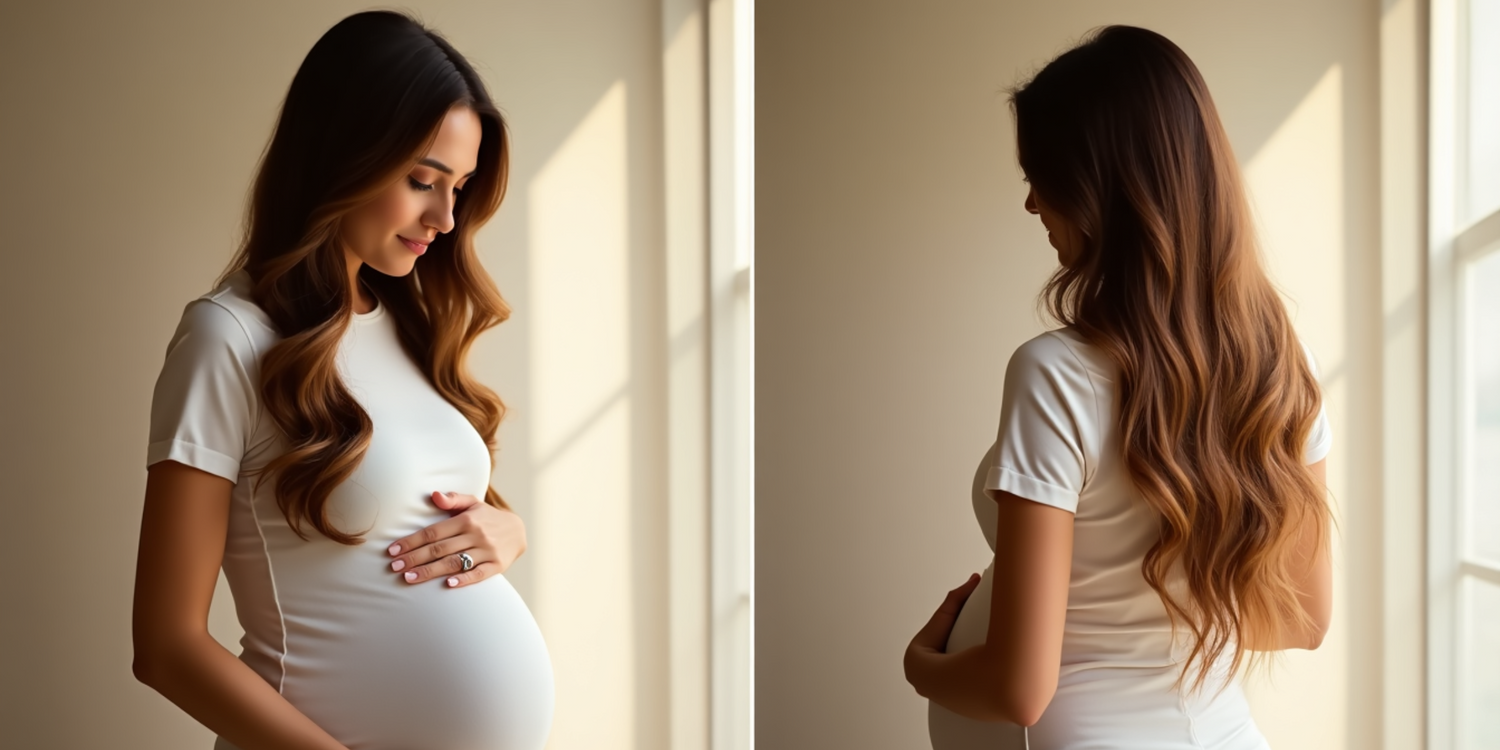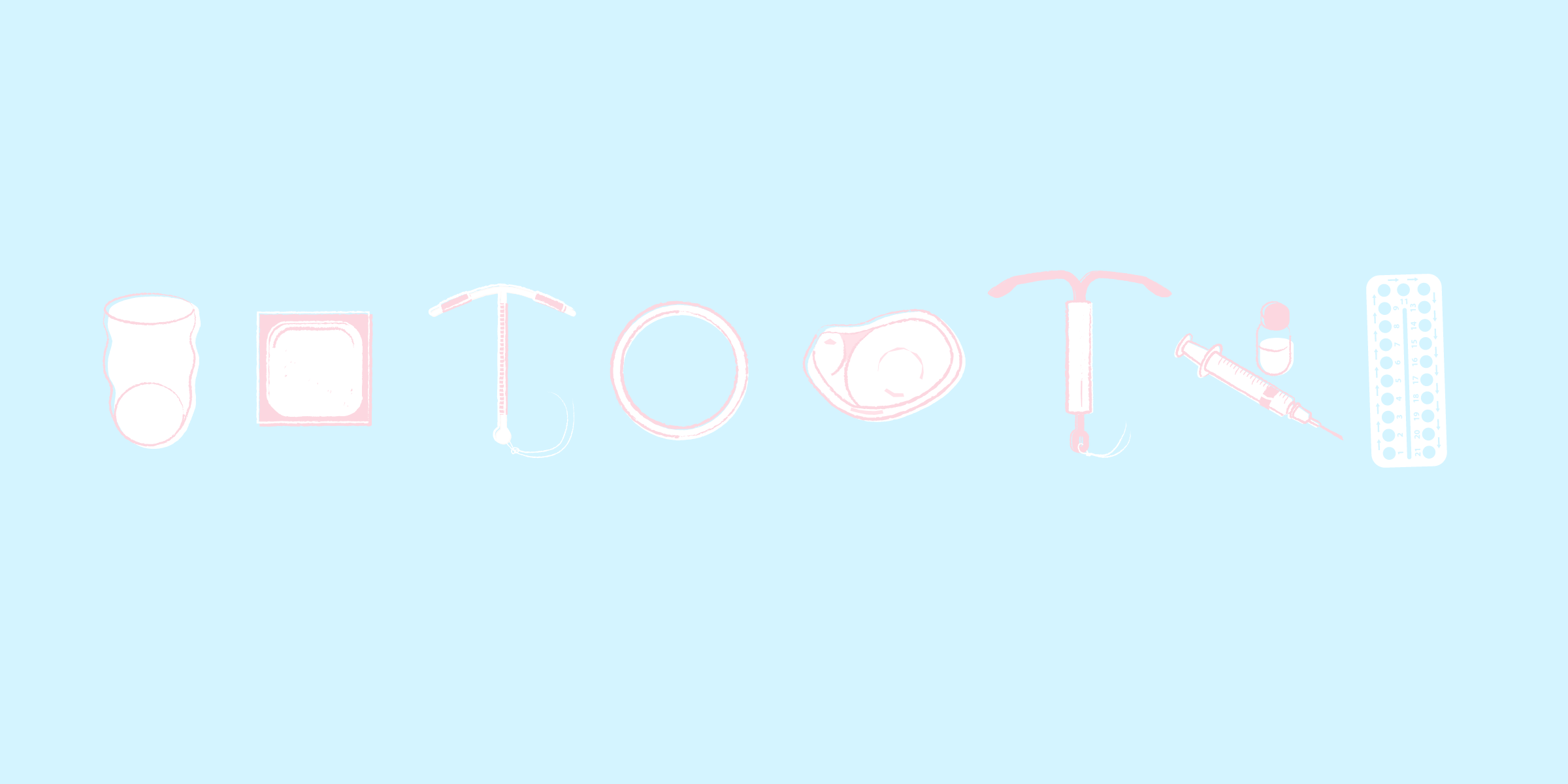Key Takeaways
- Hair changes during pregnancy are totally normal.
- Hormonal changes, especially estrogen influence hair texture and growth.
- Symptoms vary: some experience fuller, healthier hair while others experience only minimal or negative effects.
Are you losing up to 150 hairs daily and wonder if this is normal during pregnancy? Many expecting mothers have the same question. The good news: Hair loss in this amount is a natural process during pregnancy.
The hormonal changes in your body significantly influence your hair structure. Estrogen plays a key role—it can help your hair appear fuller and shinier. However, every woman reacts differently to these hormonal changes.
The Hormonal Influence on Hair Growth – Focus on Estrogen
The female body undergoes remarkable hormonal adjustments during pregnancy. Estrogen levels increase by up to a thousand times, fundamentally affecting the hair growth cycle.
The natural hair cycle consists of three phases:
- Anagen Phase (Growth Phase): Lasts two to six years
- Catagen Phase (Transition Phase): Lasts about two weeks
- Telogen Phase (Resting Phase): Lasts two to four months
During pregnancy, hair grows about one centimeter per month. Each hair follicle follows its own rhythm: 80% of the hair is in the growth phase, while the rest is either resting or falling out. Estrogen binds to specific receptors in the scalp, triggering biological processes that extend the growth phase, making the hair appear thicker. Additionally, the increased estrogen production reduces sebum production, meaning hair becomes less greasy.
Medical studies confirm that women react differently to these hormonal changes. Some experience a significant improvement in hair quality, while others notice only slight or even negative changes.
Hair Changes During Pregnancy Phases
Hair development follows a characteristic pattern throughout the three pregnancy phases:
- First Trimester: Often brings thicker hair strands, but some women experience temporary hair loss at the beginning.
- Second Trimester: Considered the phase of the most visible positive changes. From the 16th week of pregnancy, hair develops a special shine. Medical observations show that about one-third of pregnant women notice a significant improvement in hair quality between the 4th and 5th months.
- Third Trimester: Characterized by slower hair growth, significantly reduced daily hair loss, increased hair volume, and enhanced shine.
Hormonal fluctuations can also change hair texture. Scientific observations indicate that hair can transition from straight to curly or vice versa. Changes in sebum production may require adjustments to your hair care routine.
Why Does Hair Fall Out After Giving Birth?
It is normal to experience increased hair loss after childbirth. This happens because all the hairs that remained in the prolonged growth phase during pregnancy simultaneously transition into the resting phase and fall out. This is common and not a cause for concern—you are simply losing the hair you would have naturally shed during pregnancy. However, if you are very worried, consult your midwife or doctor.
Conclusion
Hair changes are among the many remarkable physical adaptations during pregnancy. Medical studies confirm that these processes are normal and temporary.
Hormonal reactions vary for every woman. Some experience fuller, shinier hair, while others notice only minor changes. Genetic factors and individual hormone sensitivity determine these differences.
The hair cycle gradually returns to normal after childbirth. Temporary hair loss may occur, but it will regulate itself over time. While these changes may seem alarming at first, remember that they are only temporary.
References & Literature
- Randall VA. Androgens and hair growth. Dermatol Ther. 2008 Sep-Oct;21(5):314-28
- Paus R, Cotsarelis G. The biology of hair follicles. N Engl J Med. 1999 Aug 12;341(7):491-7.
- Piérard-Franchimont C, Piérard GE. Alterations in hair follicle dynamics in women. Biomed Res Int. 2013;2013:957432.
- Nissimov J, Elchalal U. Scalp hair diameter increases during pregnancy. Clin Exp Dermatol. 2003;28(5):525-30.
You might also be interested in these articles
Schwangerschaft
Creating a birth plan made easy: Your checklist for a stress-free birth8 Min. Lesezeit





